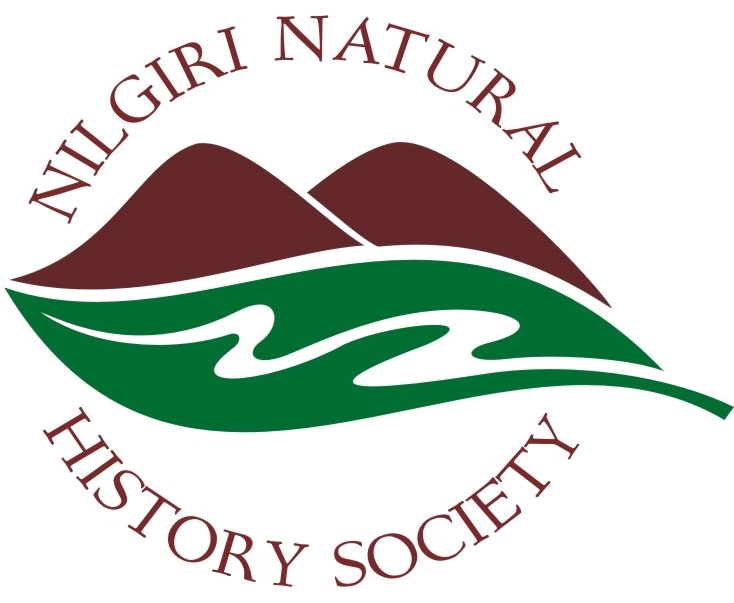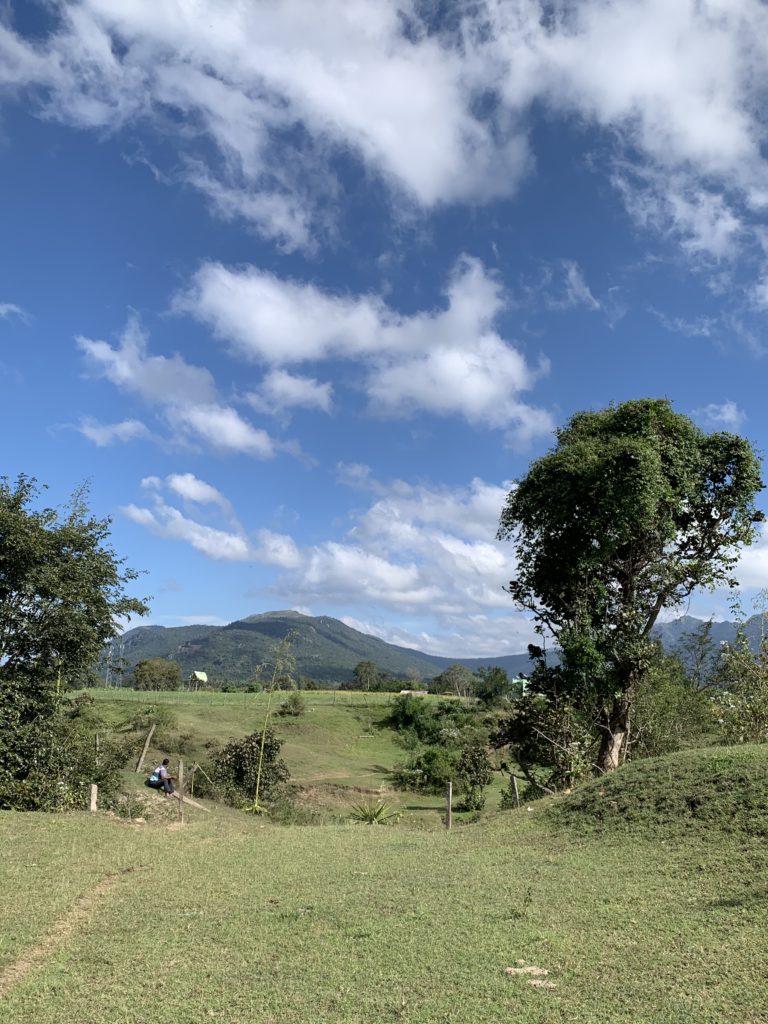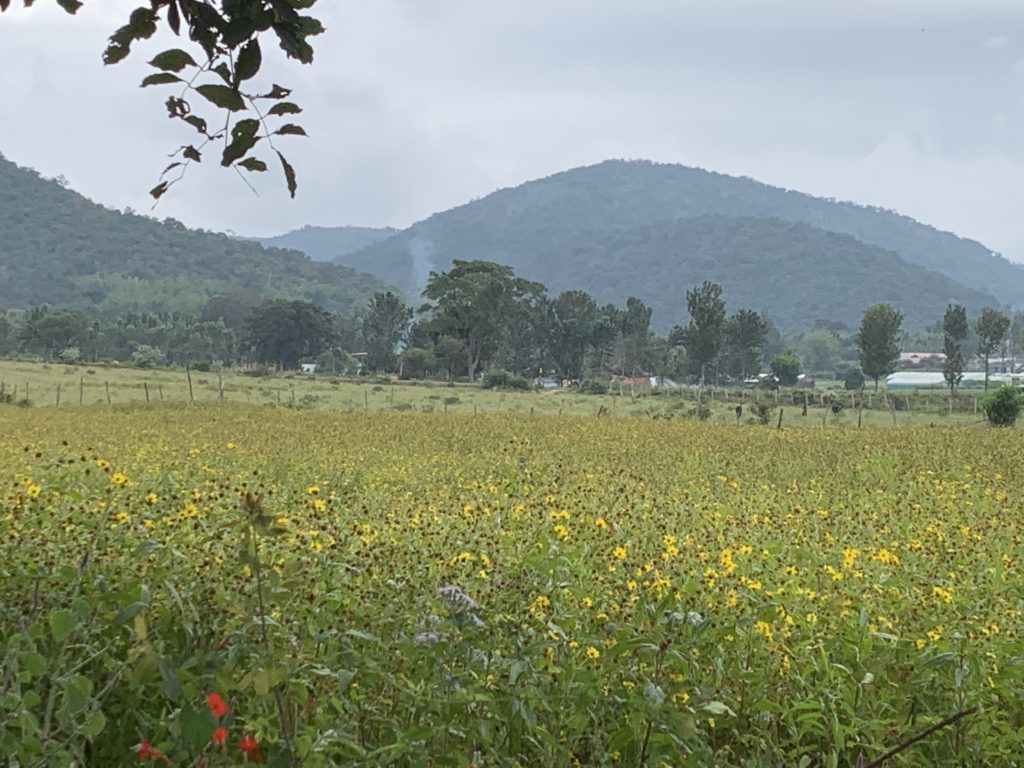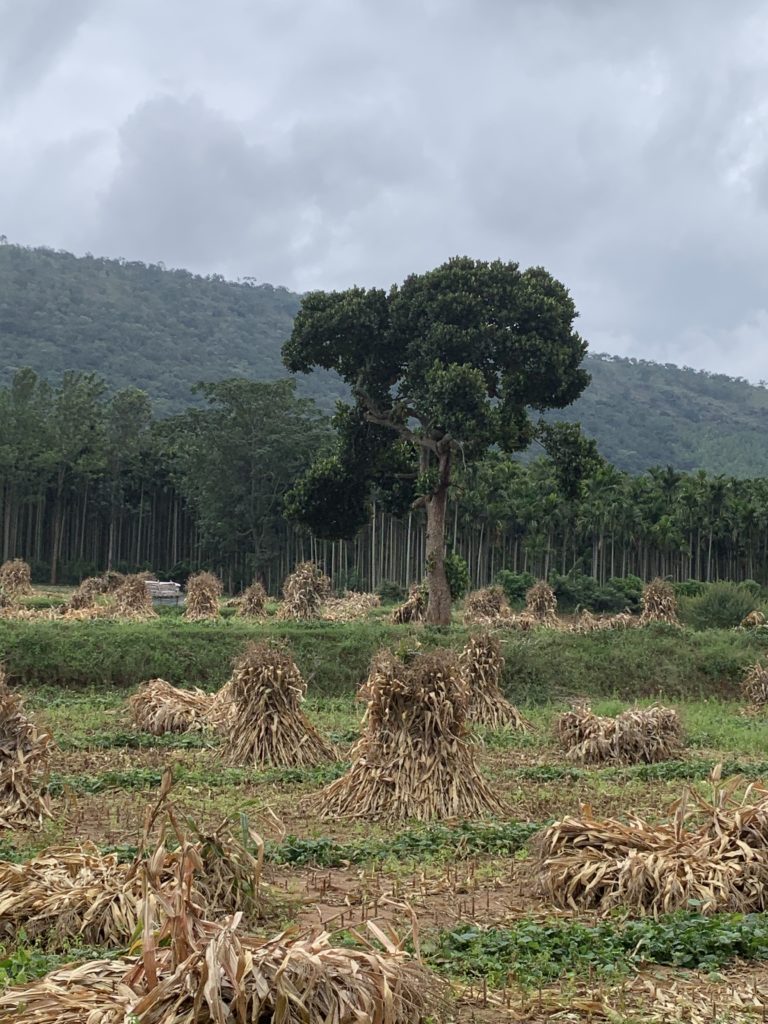The School, Chennai, has been a regular to the Nilgiris, bringing their students out for field work and immersion in the various Keystone run community, livelihood and wildlife activities in the region. In 2019, the school came to work with us with 33 XIth std students accompanied by 6 teachers. After some back and forth on where to do the field work, the team finally decided (based on logistics) on the field centre in Sathyamangalam. They arrived in Kotagiri at the Keystone campus on 15th December for a quick context setting of Keystone and its work before heading down to Hasanur, after lunch. This would be their place of stay and work for the next 3 days to come.
The students met with the Keystone staff working out of Sathyamangalam (Hasanur field centre) for a short discussion and the plan and schedule for the days were discussed. The students were also split into 5 groups who would go on to work in different areas on different topics. Besides the actual project based field work, the students were also introduced to the landscape with a transect walk to map the landscape as well as a nature walk to absorb the diversity of the landscape. They visited the Aadhimalai production centre (now spun off as an independent entity called Thumbida kaadu). Besides these, mornings began nature bound exercises including bird watching and sessions in deep ecology.
Based on the current ongoing work in the landscape the students were provided hands-on experience in the following areas of work – (a) survey of smokeless chulha implementation and its efficacy in Tadilasatty, (b) helping with the plant nursery work at Galidhimbam, (c) understanding the wild foods at Kanagerai, (d) helping develop documentation for Thumbida Kaadu, and (e) documenting cropping patterns at Guliyada. The students enjoyed the learning, even if the field visit was only for a day.
As part of the field work, they also drew up the soco-ecological map of the village they visited. As the villages had different community profiles (Kurumbas, Irulas, Soligas), it also gave them an insight into the community diversity of the landscape. After their field work, the students prepared charts which were then shared with the rest of the team, over a morning session on 18th December. They were also exposed to the challenges of uncertainties in conducting field work and adapting to changes on the go.
All in all, a packed but good experiential visit to the landscape, enriched with learning and knowledge that we hope will help the students in their future endeavours.














